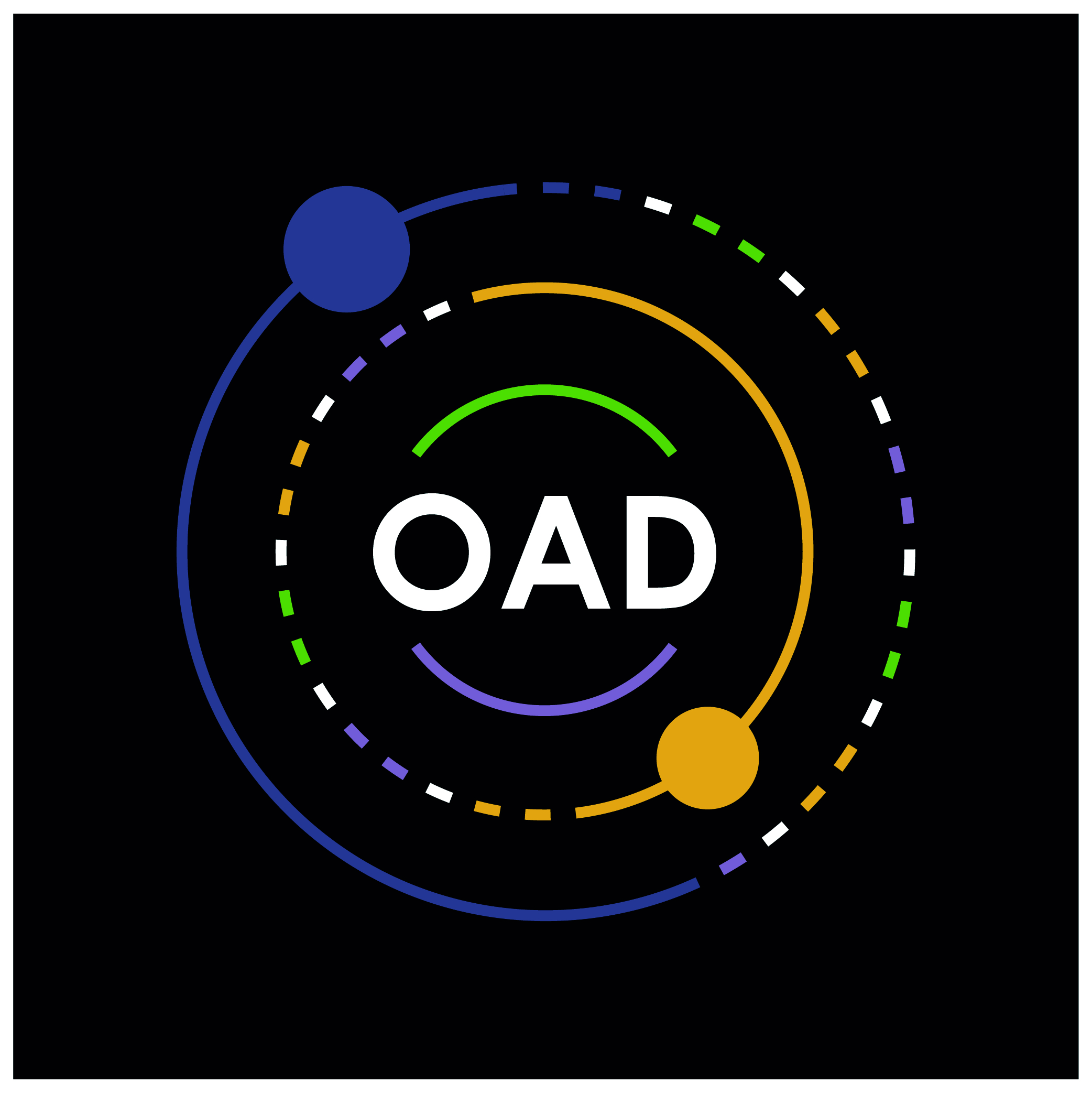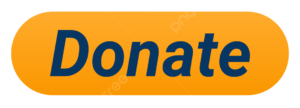This page consolidates information on the Astrolab project funded by the OAD in several countries since 2013.
Astrolab is a low cost research tutorial for universities in need of astronomy infrastructure and curriculum. Astrolab uses remote telescopes accessible over the internet to teach students the primary steps involved in Astronomy research and the scientific method – observation, image acquisition, processing, data analysis and writing up results. Students plan and perform real-time observations with these robotic telescopes and transform those observations into a scientific result under the guidance of tutors. Astrolab has been awarded observing time on the Las Cumbres Observatory (LCO) and granted the status of 2018 LCO Education Partner.
Astrolab Phase 1 (2013)
Astrolab Phase 2 (2014)
Astrolab Phase 3 (2016)
Astrolab Tutors (2018)
Astrolab Consolidation (2019)
Astrolab Distant Training (2021)
Astrolab 2022
LCO Press Release: https://lco.global/news/las-cumbres-observatory-launches-global-education-program/
Special Interview on Astrolab
Republished with permission from the OYA/ISYA Newsletter Badjáneaddji Násti issue no.2
Article credits to OYA/ISYA
Jean-Pierre De Greve (Vrije Universiteit Brussel, Belgium, Professor; ISYA Director 2008-2013)
Michèle Gerbaldi (IAP, France, Researcher; ISYA Director 1998-2007), Chevalier of the National Order of Merit 2025
Nicole van der Bliek (NOIRLab, Chile, Scientist)
1. Can you walk us through the origin of the Astrolab project? What gap or need in astronomy education did it aim to fill?
The Astrolab project was originally developed in 2008 as ‘Starlight in the Classroom’ by J.-P. De Greve and Nicki Mennekens at the Vrije Universiteit Brussels. It was an interactive tutorial to allow bachelor students to perform real-time observations using 40-cm remote controllable telescopes in the South. In this way the bad weather and light conditions in Brussels were circumvented, expensive equipment was avoided, and observations could be scheduled in the regular class scheme. In 2013-2014, Michèle Gerbaldi and Jean-Pierre De Greve remodeled the project into Astrolab and started implementations at three pilot universities in Zambia, Rwanda, Nigeria, with support of the IAU-OAD. In 2019, Nicole van der Bliek (NSF’s NOIRLab) joined the team.
2. What kind of partnerships (institutional, governmental, or academic) were essential to get Astrolab off the ground in different regions?
The project had two goals:
a) to introduce students to the scientific research method in general by working scientifically through project development and preparation, data acquisition and treatment, analysis and conclusions.
b) to enhance interest in STEM studies by making them more attractive and getting the students involved in the “learning”.
The project started through collaborations with colleagues in Africa. To get the project going the support of the participating universities was also crucial. With these two elements in place a successful application for IAU-OAD support became possible. The funding allowed to organize a training workshop and the purchase of telescope time from iTelescope.
3. How was the curriculum for Astrolab designed? Was it adapted to the needs or scientific background of local students in each country?
The key to the success of such hands-on activity is to make sure that the teachers/lecturers/teaching assistants themselves are trained, enabling them to optimally support the students. To achieve that, emphasis was put on training-the-trainer activities, through workshops and one on one guidance, and a website with different training modules. After having been trained, the local tutors use the Astrolab curriculum for their teaching, adapting it to the needs of their students. Astrolab provides a basis that tutors can use to develop their own workshop or university curriculum.
4. One key element of Astrolab is hands-on telescope use. How did the project handle the challenges of equipment procurement and maintenance in resource-limited settings?
One of the key advantages of the project is that universities do not need to have or to maintain expensive telescope equipment. Astrolab works with remote/robotic telescopes. We started by using the iTelescope Network but changed to the Las Cumbres Observatory (LCO) in 2018 and Astrolab became one of the LCO Global Sky Partners. The Astrolab team applies for observing time within the framework of the LCO Global Sky Partners and, manages the observing time allocated to Astrolab. Thus, Astrolab offers universities a project that uses scientific equipment with no cost, to train students in the scientific method in an attractive way: observational astronomy combines fundamental science with technology and instrumentation.
5. What were the key indicators of success for an Astrolab session, and were there any measurable long-term impacts on the participants or host institutions, particularly in terms of building lasting local capacity for astronomy education and research? Can you provide examples of such impacts?
At the Department of Physics in the University of Pretoria (South Africa) Astrolab is part of the Astronomy elective course PHY 210, taught for the fifth time to second year students. At the Pontificia Universidad Católica del Perú in Peru, an astronomy elective course with Astrolab as hands-on activity was offered for the third time in 2023 (April-July). In addition to the professor teaching the course, there were two MSc students participating as teaching assistants. Through the connection of the Astrolab team, one of the MSc students, together with the professor, observed at Cerro Tololo for his own research program and he successfully defended his MSc thesis partially based on this data the year after. A student in his 4th year of study at the Technical University of Kenya selected the Astrolab project to complete his graduation with honor. His project on eclipsing binary stars light curves ran over 5 months. The images obtained with the 40-cm LCO telescopes were analyzed with Python, which had to be taught. He defended his dissertation with success in June/July 2024 orally and with a written report.
6. Is there a particular Astrolab experience or story that stands out to you on a personal or emotional level?
During the first workshops of Astrolab, when we were still using the iTelescope, you had to log on and submit your coordinates in real time. The “awe” that students experienced when seeing on their screen that the telescope moved to the desired coordinates, was delightful. Nowadays, because we use the LCO with telescopes all around the world, one realizes that the students need some time to understand the concept that while it is daytime at their location, the observations can be taken elsewhere in the world, where in fact it is night. It is gratifying to see the students have that “light bulb” moment. During the pandemic, I was teaching two tutors in Kathmandu in Nepal once a week. One day, when one of the tutors got on Zoom at the appointed time, she confessed that she had forgotten about the class, because she was wrapped up in preparations for the celebration of a Nepalese national holiday. So instead of discussing Astrolab, I got a virtual tour of the dining room which had been prepared for a traditional dinner. For me, this showed that the tutoring becomes more than teaching astronomy, it is also about making connections, sharing cultural experiences, supporting each other and celebrating together. There are other stories, when working with Astrolab brought some relief during complicated political situations in the countries where the tutors were living, allowing them to focus on something positive. It is a bit too delicate to go into details, but the participants expressed gratitude for being able to work on something fun and positive and be distracted from the everyday situation.
7. What do you hope the long-term legacy of Astrolab will be, and how do you envision its evolution over the next decade?
We are currently working with the AfAS (African Astronomical Society) to explore the possibility of offering an Astrolab training session in connection with the annual meeting of the AfAS. To start with, these workshops will most likely be led by the Astrolab team, but we envision that eventually experienced Astrolab users will be leading these efforts. In the future we hope to form similar liaisons with other astronomical societies in the Global South and/or work with individual institutes or astronomers to help them getting started with observational astronomy classes.
8. What guidance would you offer to young scientists, particularly those from underrepresented regions, who aspire to contribute to the field of astronomy?
Participating in a Science Citizen Project, related to astronomy can serve as a gateway into the field of astronomy. For a young scientist this will offer the possibility to discover what are the tools used in astronomical studies and to link it with her/his own knowledge and to get a real experience which can be used to go further. It also gives a very first opportunity to network with other people interested in astronomy. Astronomical institutions are often looking for volunteers, either for some special event on a short time scale or for longer. It is important to emphasize that these volunteer activities usually do not require traveling but can be carried out from one’s place of residence. For young scientists with a more astronomical background, look for opportunities to attend (international) astronomy schools and for opportunities for internships at universities or observatories. Such opportunities will not only broaden your experience and knowledge but also will broaden your understanding of the possibilities within astronomy. And equally important, use these opportunities to build a network, a network both of peers and of astronomers further along in their career. These will be valuable resources in the future.


